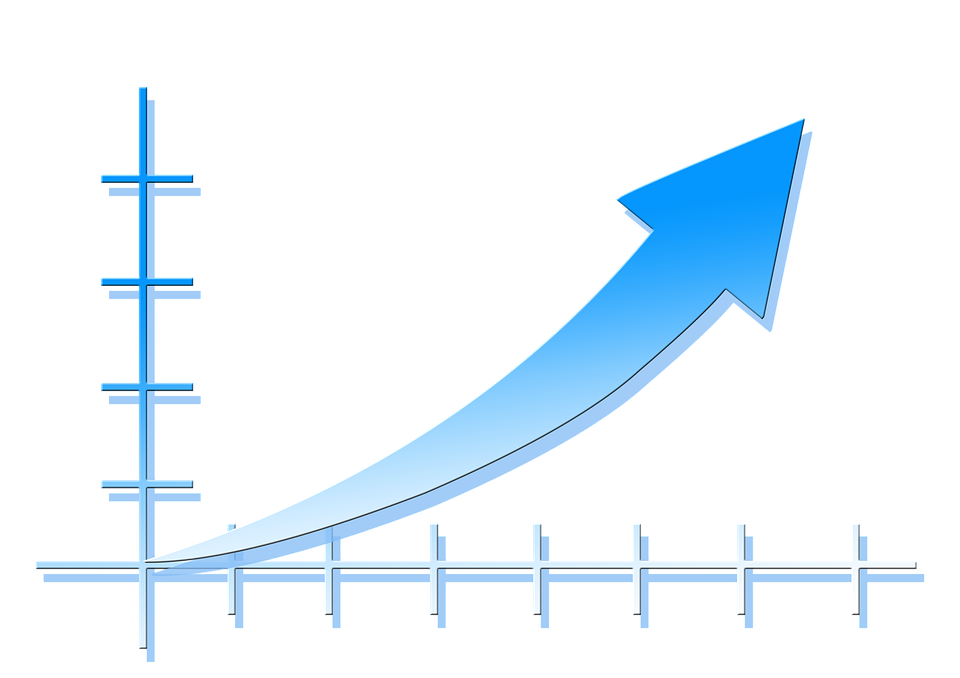On September 3rd, at a meeting with reporters, the Minister of Economic Development and Trade, Artsvik Minasyan, stated that the highest economic rate of 8.3% for the first 6 months of this year was registered in Armenia.
What does 8.3% economic growth mean?
It means that compared to January-June of the previous year, the gross domestic product (GDP) of the country compared to the same period of this year has increased by 8.3%. Let’s try to make it clearer for non-economists. Let’s say the country is a car factory that produces one type of product, if 1,000 cars were produced in the first six months of the previous year, then 1,083 cars were produced in the same period of time this year, and the increase was 8.3%. Note, we did not discuss how much the price of the car was last year, and how much this year. We have just observed the change in the physical volume of the product released. The same logic works when discussing economic growth.
Which sectors have contributed to the economic growth and how was that determined?
Combining the data released by the Statistical Committee (formerly known as the National Statistical Service), we can say that 1% of the 8.3% of the economic growth falls under the “Product Tax’, and 7.3% “Added Value” branches.
The biggest contributor to economic growth is trade (wholesale and retail trade: repair of cars and motorcycles), which provided 1.2% contribution to the GDP growth in the first half of this year. It should be noted that such growth is mainly conditioned by the growth of wholesale trade turnover of 17.8%. By combining only 0.5% of retail trade turnover, we can state that this double-digit growth of wholesale trade is largely the result of so-called “re-export” transactions, which means it is extremely vulnerable and cannot sustain stable growth in the long term.
Trade is followed by the production industry which has contributed 1.1% of the 8.3% economic growth. Growth in this area was mainly comprised of clothing production, jewelry, cigarette production, beverage production etc..
In terms of promoting economic growth, the third sector is “Culture, Entertainment and Recreation,” which provided an 18.9% increase in output and an increase of GDP by about 1%. 97.3% of the industry’s output is related to the organization of gambling (about 159 billion AMD), including the organization of virtual gambling and bookmaking, which provided 44% growth in January-June, and a 59.1% increase only in June when compared to June of last year, which is certainly conditioned by the fact that the World Cup in Russia was held. It should be noted that not only this but also for the last few years, this branch has substantially contributed to economic growth, but this year’s growth has dramatically accelerated with the backdrop of the FIFA World Cup Russia, which is a one-off occurrence.
The Health and Social Welfare sector has also contributed to an economic growth of about 0.8%, which is mainly due to the reduction of shadow economy in hospitals, as their output increased by 30.7% in the first half of 2018, which would have been naive to be considered as simply “natural” growth.
Other sectors, such as transport and storage, agriculture and construction, and mining increased by 0.3%, with a growth rate of 0.5%.
In summary, it should be noted that, according to our estimation, a significant part of de jure 8.3% economic growth, 2.5-3% is conditioned by one-time external phenomena or shadow reduction, which cannot provide continuous economic growth.
Economist, Haykaz Fanyan






